Most people know Vikings as they are depicted on television and in movies – fearless warriors and adventurers who raided and often integrated with other societies. However, the reality of daily life for Vikings revolved around hard work on family farms.
Vikings are best known from the period between 800 and 1,100 AD, when they raided places as far-flung as Britain, France (and other places in Europe), Russia, the North Atlantic islands and North America.
They are known as fierce warriors. They may not have carried one of the most famous weapons in history, but they knew how to fight and win. But when they weren’t pillaging, what was their life like?
Everyday Living For Vikings
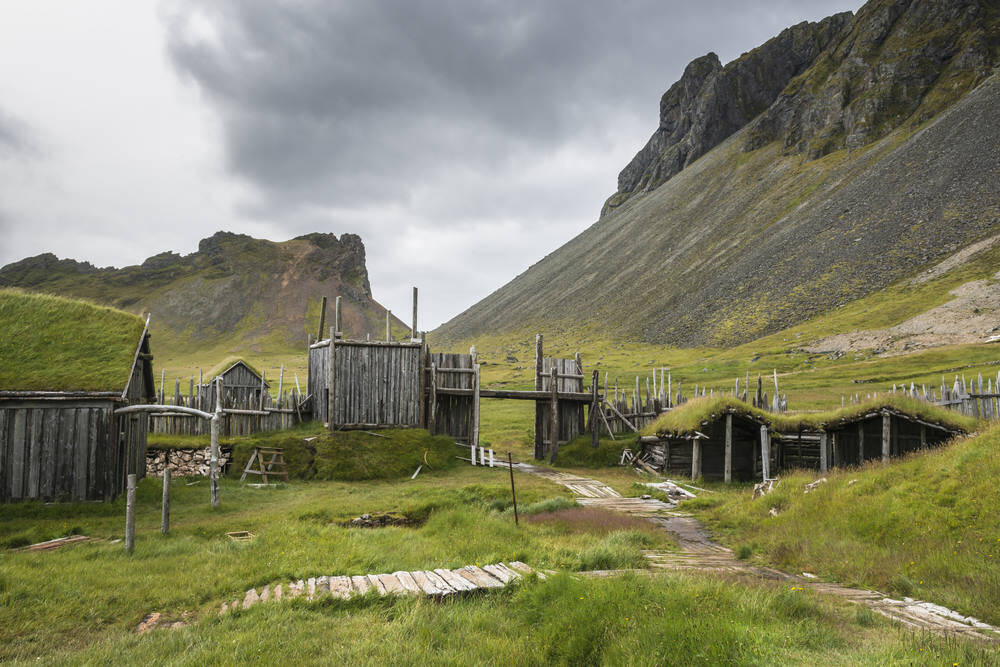 Most Vikings practiced subsistence-level farming, meaning they grew crops and raised animals that were eaten right there on the farm. Most Vikings worked those family farms like that throughout Scandinavia.
Most Vikings practiced subsistence-level farming, meaning they grew crops and raised animals that were eaten right there on the farm. Most Vikings worked those family farms like that throughout Scandinavia.
The typical day in the life of a Viking would involve handling the chores and the labor around a family farm.
Inside Work
The roles on the farm typically were divided by gender. Women, who held much more power in Viking society than did their contemporaries in other cultures, oversaw everything inside of the house. That typically included cooking, cleaning and creating (or repairing) clothes. They also handled the milking of cows and sheep.
Along with raising the children, making food was the main job for women. They baked and cooked dishes and also made milk, butter, and cheese. They sometimes worked as shepherds watching the sheep or cows, which was a job that could be done by both men and women.
Viking women were often buried with keys on a ring, symbolizing their leadership inside the home.
Outside Work
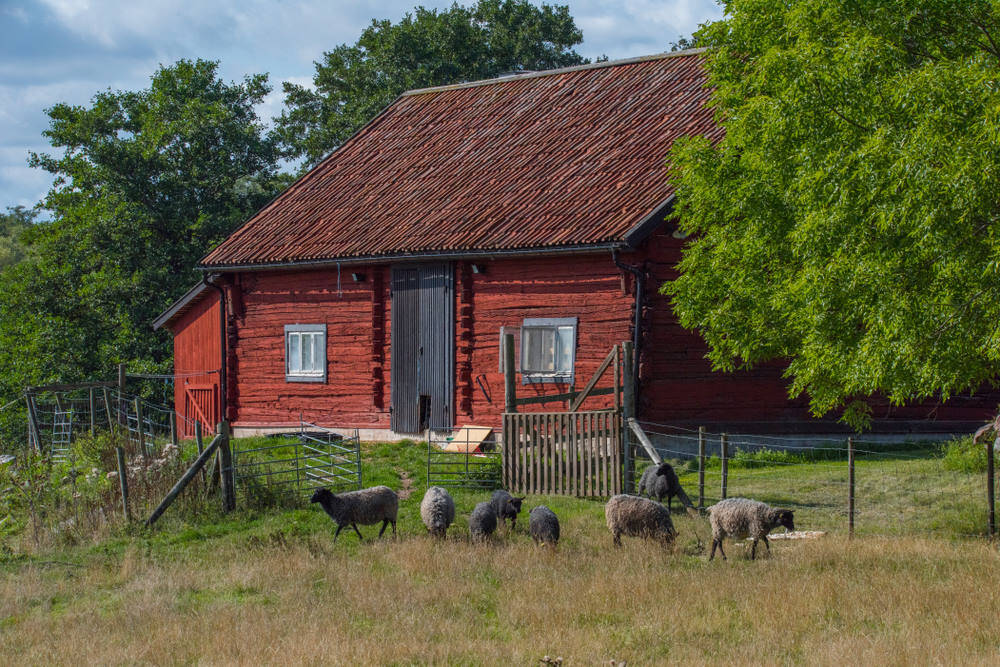 The men handled the more physically demanding outside work. So, they would be the ones in the morning to go out into the fields. They would handle the fertilizing, plowing and sowing. The only time everyone (older children included) would join the men was during the harvest when everyone was needed to get the job done.
The men handled the more physically demanding outside work. So, they would be the ones in the morning to go out into the fields. They would handle the fertilizing, plowing and sowing. The only time everyone (older children included) would join the men was during the harvest when everyone was needed to get the job done.
Men started each day of the early part of the season plowing the field, which was done with a wooden ard (or spike) that broke up the soil but didn’t turn it. To turn the soil, the Viking men plowed each field twice, with the second row plowed perpendicular to the first.
While men worked outside, the most demanding work was often done by slaves who had been captured in battle or by raiding parties.
Women in Viking Society
Viking society was male-dominated as almost all societies were at the time of the Vikings. However, women could join the men on raiding parties. They also played a big role in establishing settlements in other countries and helping to create trade routes.
Women could own property and ask for a divorce. And if they did get divorced, they could ask for the return of their dowry.
They also could fight as shieldmaidens, according to contemporary historical accounts. The most famous of all the shieldmaidens was Lagertha, who fought beside Viking ruler Ragnar Lothbrok against the Swedes.
However, everyday life for the Vikings was, like so many people of the past, filled with hard work and drudgery. But that hard work formed the foundation for a society that is still remembered today.

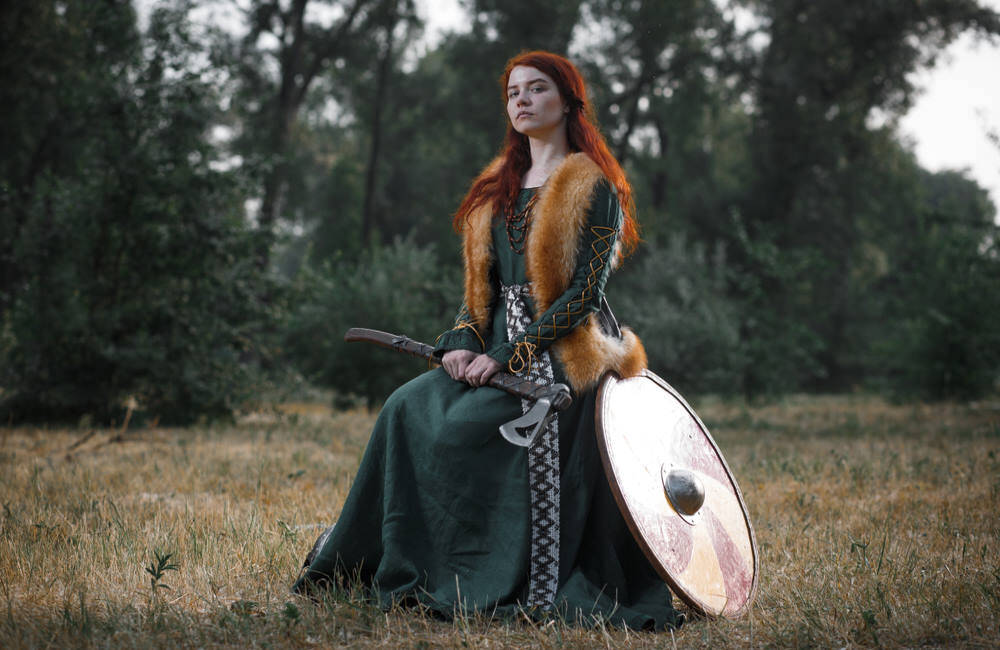
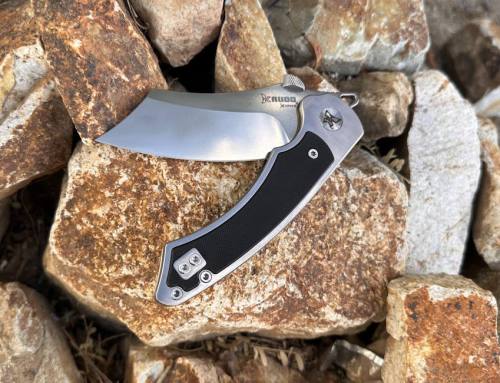
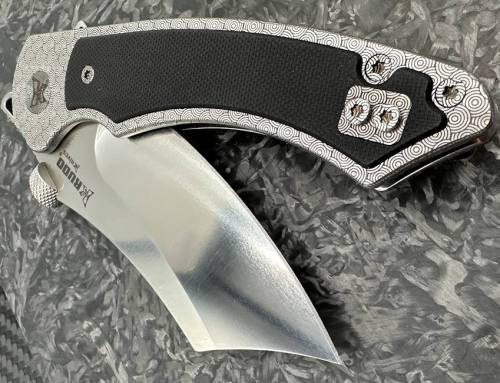
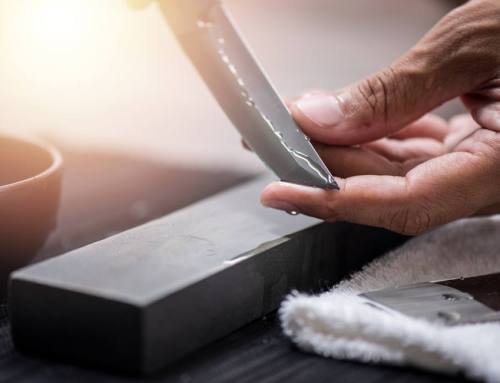
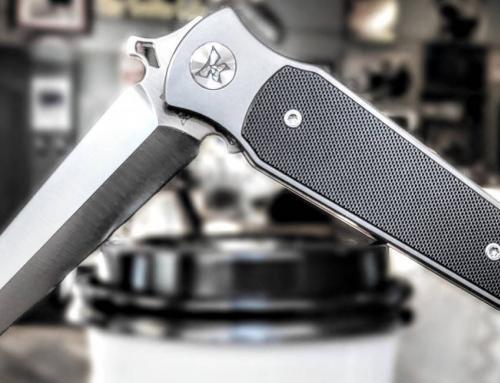
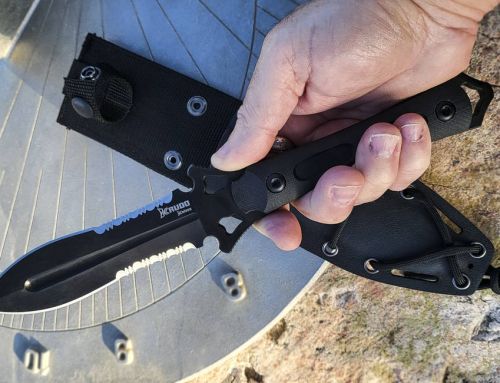
Leave A Comment